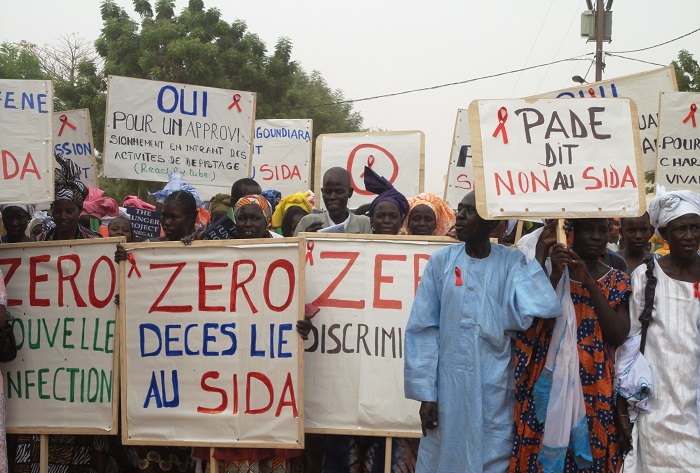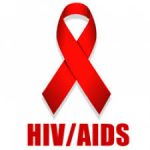Sub-Saharan African countries continue to be the most infected by the HIV virus in the world. Although the central and western regions of Africa have a lower incidence of HIV infections than the south and east, the continent continues to record high rates of new infections with the virus that causes AIDS, which has worried health entities, such as the Organization World Health Organization (WHO). In southern and eastern Africa, around 20 million people are HIV positive, almost four times more than in western and central regions. Around 310 people die from diseases related to the agent every year in western and central Africa. The number of deaths in the east and south regions reaches 420 thousand people. Entities such as Unaids (Joint United Nations Program for HIV-Aids) and Unicef have spared no effort to combat the epidemic in the region. Against this frightening scenario, Senegal appears as an example of policies to combat and prevent the disease, which has seen the number of new infections reduced by almost three quarters since 2010. Today, the country has just 0,4% of its population infected with HIV, compared to 4,3% in other sub-Saharan African countries. Senegal was the first country in the Sub-Saharan region to offer treatment with antiretroviral drugs. Since 2003, treatment has been provided free of charge by the government. Aiming for success in its prevention policy, the Senegalese government extended treatment mainly to drug users and sex workers – two of the main groups with “risk behavior”, according to the WHO. In Senegal, sex workers are required to keep serological tests up to date. Those who are diagnosed as having the disease are not prevented from continuing to work, as long as they keep their treatment up to date and their viral load is undetectable. According to UNAIDS, after the government adopted these measures, the incidence of HIV infection among sex workers fell from 28% in 2002 to 7% in 2016. In the African country, HIV has become everyone's problem: the population unites in the fight against the disease and the issue is addressed by religious people who give lectures on preventing and combating AIDS in mosques, activist groups, etc. A serious problem in combating the disease in Senegal, however, is the Senegalese government's stance against homosexuality. In the country, being homosexual can lead to up to five years in prison, which prevents this population from asking for help. The country does not have control over the incidence of the disease in this population, as gays are afraid of coming out. However, although there is still much to be done, Senegal is an example that even a poor country can combat the HIV-Aids epidemic when the entire population and public bodies come together. To give you an idea of the country's poverty, in 2016 Senegal's gross domestic product (GDP) was US$39.72 billion (just over R$100 billion). In Brazil, in the same year, the country's GDP was estimated at R$6,266 trillion – taking into account that the national economy was facing the height of the crisis, with a 3,6% drop in GDP.



